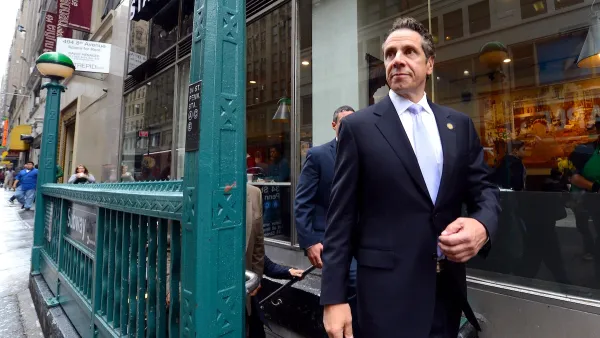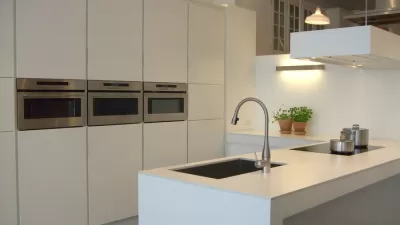Architect Robert Adam likens modern architecture to modern democracy, where decisions made on high supposedly represent the will of the people.
"If the design professionals know best, what is it that they know that ordinary people don't? Everyone knows that buildings have to do a job. They're supposed to function, stand up and keep the water out. There's no mystery here. The big secret seems to be that buildings have to look as far away as possible from anything that might be described as traditional. With this in mind, the architectural establishment, architects advising planners and (frighteningly) an increasing number of planning officials themselves, do their level best to make sure that anyone who wants to make their buildings look traditional doesn't succeed. And if anyone does, they rubbish them.
And what's the justification for this? It's that if you're going to be 'of your time', 'or today' or 'for the future', you have to be very obviously different. This is, of course, nonsense. The future isn't fixed, it's what we want to make it. Being different is often billed as innovation – generally a good thing in an industrialised consumer society. But this muddles up innovation in industry, which is technical, with innovation in aesthetics, which is just taste."
FULL STORY: Manufacturing Consent

Planetizen Federal Action Tracker
A weekly monitor of how Trump’s orders and actions are impacting planners and planning in America.

Maui's Vacation Rental Debate Turns Ugly
Verbal attacks, misinformation campaigns and fistfights plague a high-stakes debate to convert thousands of vacation rentals into long-term housing.

Cuomo Is the Candidate of Both NIMBYs and Developers. What Gives?
In the New York City mayoral race, odd bedfellows align to preserve the housing status quo.

San Antonio and Austin are Fusing Into one Massive Megaregion
The region spanning the two central Texas cities is growing fast, posing challenges for local infrastructure and water supplies.

Charlottesville Temporarily Has No Zoning Code
A judge ordered the Virginia city to throw out its newly revised zoning code, leaving permitting for new development in legal limbo.

In California Battle of Housing vs. Environment, Housing Just Won
A new state law significantly limits the power of CEQA, an environmental review law that served as a powerful tool for blocking new development.
Urban Design for Planners 1: Software Tools
This six-course series explores essential urban design concepts using open source software and equips planners with the tools they need to participate fully in the urban design process.
Planning for Universal Design
Learn the tools for implementing Universal Design in planning regulations.
Heyer Gruel & Associates PA
JM Goldson LLC
Custer County Colorado
City of Camden Redevelopment Agency
City of Astoria
Transportation Research & Education Center (TREC) at Portland State University
Jefferson Parish Government
Camden Redevelopment Agency
City of Claremont





























